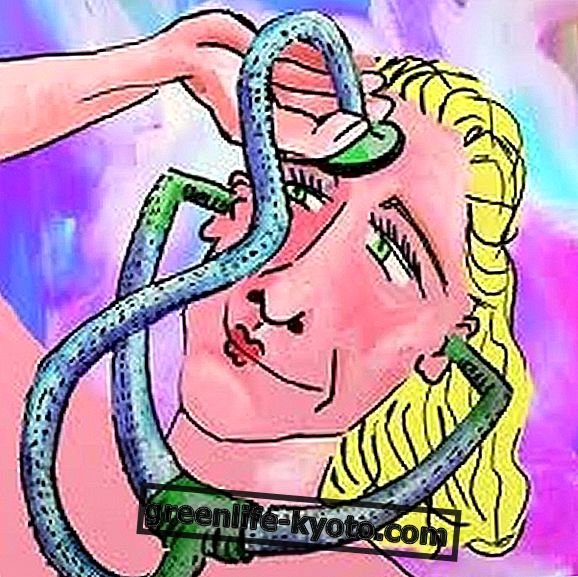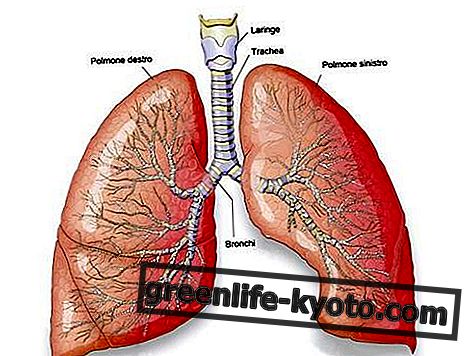
The circular breathing technique is characterized by a breath mode called ' conscious ', as this is guided by consciousness . The most important feature of this technique is represented by the fact that apnea spaces between inhalation and expiration are eliminated, favoring continuous or 'circular' breathing.
The absence of pauses generates the so-called ' deep emotional defusion ', a response of the organism during which energy levels and emotional blocks are raised, in order to be able to purify them.
Circular respiration is therefore characterized as an instrument aimed at the inner knowledge of the subject, which makes use of the use of breathing in order to explore the consciousness and harmonize its contents.
The objective of this technique is to free the potential originally present in each individual.
History of circular breathing
The conscious use of circular breathing is very ancient, its origins are lost in the mists of time. Very ancient populations placed emphasis on the mechanisms of breathing during the processes of personal growth or during important phases of their emotional and spiritual life.
For example, you can highlight moments of circular breathing for entry into ancient esoteric schools. The ancient wandering monks of Siamese Buddhism used this technique in order to reach a mystical experience. The so-called ' connected breath ' of Chinese Taoism was practiced to obtain the key to immortality. The states of ecstasy of Saint Teresa of Avila in the West were achieved through deep and uninterrupted breathing.
In the seventies, it was Leonard Orr who focused on the infinite potential of conscious circular breathing. It was Orr who defined this technique as ' Rebirthing ', or Rebirth, spreading this methodology in Western culture. Since then the definition of Rebirthing and that of circular breathing often overlap, often leading to the same notion. A further contribution to this branch was made by Stanislav Groff, psychiatrist, theorist of the so-called ' holotropic breath '.
The benefits of circular breathing
Regardless of the specific circular breathing technique adopted, the session of this discipline represents one of the most effective therapeutic methods capable of freeing the mind, and with it the body, from the emotional blocks of our past.
One benefit over all is relaxation, perceived at a very intense stage, which characterizes the subject at the end of a session and accompanies him in the days to follow. Subjects perceive a significant reduction in physical and mental stress, tensions and accumulated fatigue, in parallel with a return of the pleasure of living and having fun.
Circular breathing also allows for a level of concentration centered on ourselves that is very useful when we are going to face important tests in stressful situations.
You learn to manage the pressure by manipulating the breath and the emotion, and making this maneuver automatic over time. The release of retained emotions and energy blockages also allows the free flow of energy, previously prevented.
A greater physical and mental distension entails in some people, at a more abstract level, the birth of creative intuitions or the resolution of problems that had been present for a long time and for which the solution could not be found.
At other times it is possible to integrate past mental traumas, with a consequent improvement in personality and character. Another benefit is the attainment of a higher state of self-consciousness. A sort of vision of a more mature life and more in harmony with universal laws.
Read also the benefits of breathing on the line >>













